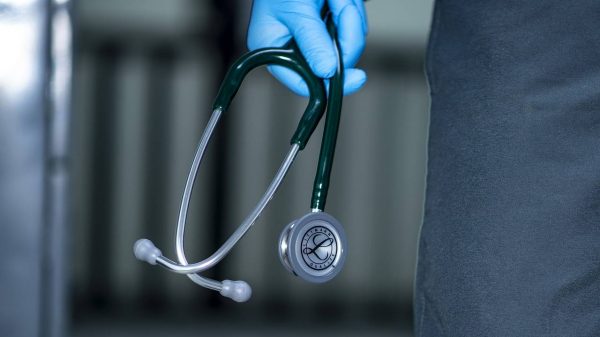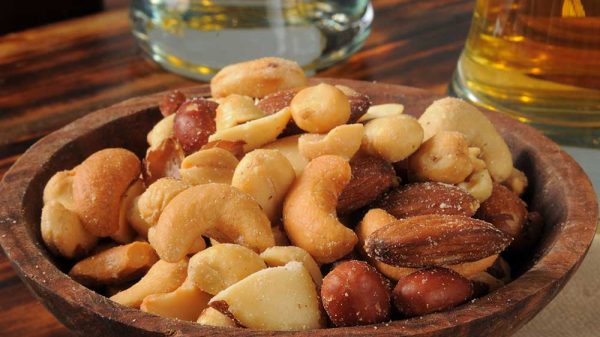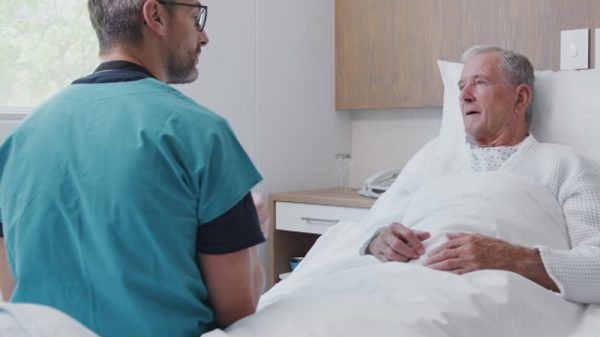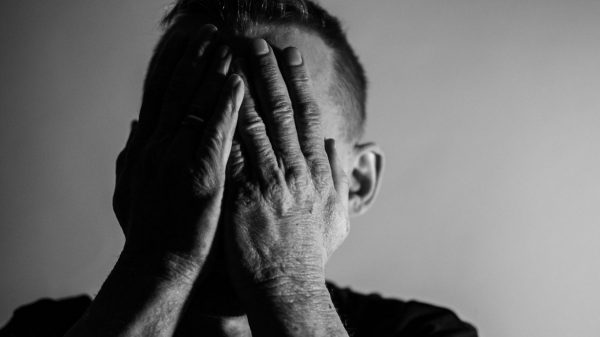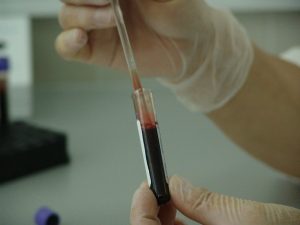Liver cirrhosis is a serious late-stage type of liver disease that involves scar tissue replacing healthy liver tissue. This is a very severe condition that can involve various types like secondary biliary cirrhosis. This liver cirrhosis involves blocked bile ducts outside the liver, which are “secondary” ones. The various types of cirrhosis are named for the main cause. Each one involves tissue scarring and in this case, the bile ducts are also involved. The liver is related to bile production so this is a serious issue even when the bile ducts aren’t located within the liver. While the ducts are important the “secondary” label is just about the location.
It’s important to deal with liver cirrhosis effectively since it’s a late-stage type of liver disease. This is much more serious than other stages like the early stages of fatty liver. For example, in this situation, it’s important to use effective treatments to help control the situation and reduce damage caused by the tissue scarring that involves the largest internal organ. Bile is an important substance that’s needed for the digestive system. When the bile ducts get blocked it’s a serious health condition to deal with to help reduce the liver disease’s status.
What Is Primary Biliary Cirrhosis All About?
The two main types of biliary cirrhosis are “primary” and “secondary.” These terms refer to the where the blocked bile ducts are located. In the case of “primary” biliary cirrhosis, this takes place within the liver. However, “secondary” biliary cirrhosis involves bile ducts that are located outside the largest organ.
It’s critical to note that the terms don’t refer to how critical the bile ducts are. Bile is an important substance that’s required for the human digestive system. Regardless of the location, it’s an important substance and its product is always important.
In the case of primary biliary cirrhosis, this is a serious disease that involves the liver’s bile ducts becoming blocked/destroyed. Bile itself is fluid that’s produced within the liver. The main function is to improve digestion. It can help with different goals like getting rid of toxins, cholesterol, and old red blood cells.
In the case, the body’s bile ducts become damaged this can cause a bile backup within the liver. It might result in serious tissue scarring that’s known as cirrhosis. PBC is an immune system disease known as “autoimmune” diseases.
These diseases involve the body’s immune system attacking both healthy and attacking cells/tissue. The body’s system gets confused and attacks not only bad cells but also good ones. Researchers are still studying PBC disease. What they’ve discovered is that it results from various factors including genetic and environmental ones.
This condition typically develops gradually. Medicines can help to slow down liver damage and especially if the liver disease patients tarts using them in the early stages of the disease.
In over 50% of PBC cases, the patients don’t notice any symptoms when they’re diagnosed. Doctors can detect the disease when they order blood tests for various other purposes. The symptoms start developing from 5 to 20 years after the diagnosis.
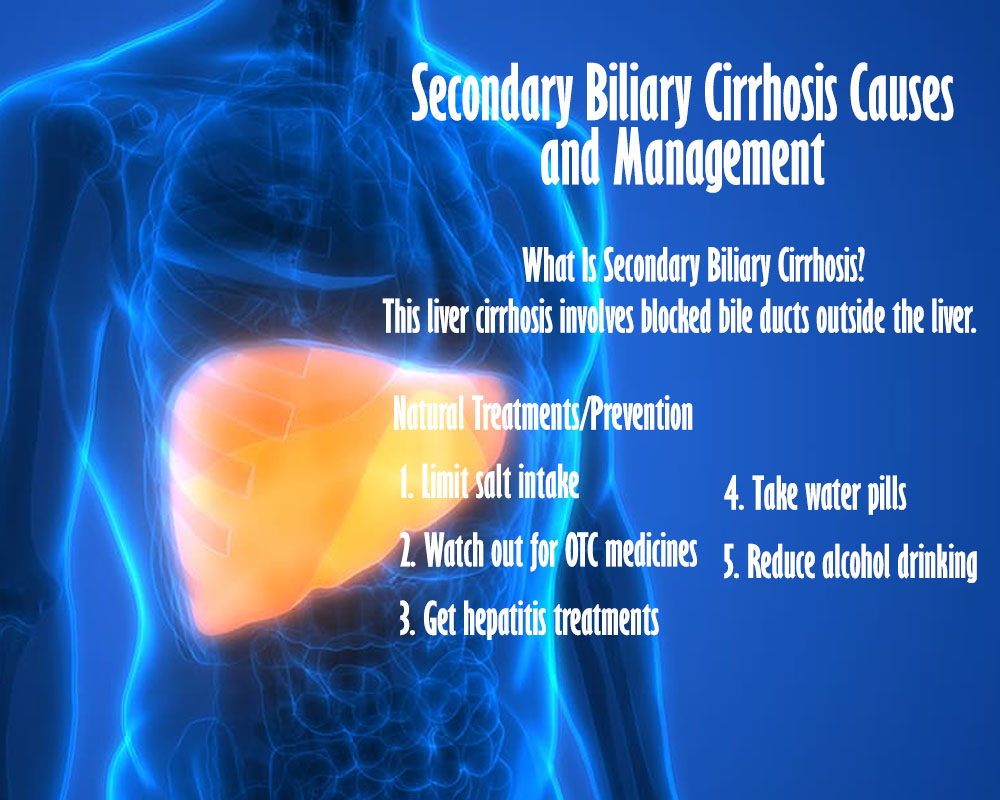
What Is Secondary Biliary Cirrhosis?
SBC involves bile given off from the liver organ being blocked. This causes it to get into the bloodstream. It then gets into the patients’ skin and causes a yellow skin condition known as “jaundice.”
This is a sign of cancer found in the patient’s pancreas. One of the signs of cancer is gallbladder issues. Another one is cancer tumors found in the abdomen. These are both signs of SBC so it’s important to know the possible symptoms a liver disease patient might experience.
SBC is a sign of liver failure and cirrhosis. It involves fluid buildup within the abdomen. It results from pressure placed on the organs because the liver is producing less of the “albumin” protein. There are other factors that cause pressure.
SBC is also a sign of ammonia buildup and unbalanced neurotransmitters in the brain. These are signal-senders that are critical for the communication between the brain and body.
There’s no known cure for SBC. The best treatments are prescription medicines that can help to slow down the disease’s advancement. This helps many patients experience a better quality of life and longer lifespan.
The most common treatment is something called UDCA. This medicine helps to reduce the disease’s symptoms and boosts liver function. However, there’s some debate about how effective the medicine is since it has little effect on SBC’s symptoms.
If you have SBC it’s also important to make lifestyle changes that can help manage it effectively. This includes basic ones like balanced/low-salt diet, regular exercise, reduced alcohol drinking, stress reduction, and so on.
More research is needed to develop better medicines for SBC and liver cirrhosis in general. Liver disease patients who haven’t developed cirrhosis yet can take steps to help reduce symptoms like liver fat. While alcohol consumption is often linked to cirrhosis there are also non-alcoholic versions of the disease.
Top Natural Cirrhosis Treatments/Prevention
1. Limit salt intake
This is an important one to avoid becoming overweight/obese. Salt causes water retention, which can lead to various health issues including obesity. That, in turn, can cause a fatty liver, which is among the early stages of liver disease.
High-salt diets not only can cause this result but also other ones like high blood pressure. Make sure to minimize table salt and “hidden” salt that’s added to pre-packaged foods and restaurant meals.
2. Watch out for OTC medicines
It might be surprising but certain herbal supplements and over-the-counter (OTC) medicines like Tylenol can cause liver damage. Make sure to talk to your doctor before taking a new one to avoid this result.
3. Get hepatitis treatments
If you have hepatitis then it’s important to get vaccinations to prevent diseases or medicines to treat them. The reason is they can cause liver damage and possibly lead to liver cirrhosis. You can find various anti-virus treatments that can actually help cure hepatitis in most people.
There are various types of treatments. Make sure to research them and get advice from your doctor about which ones are the best options. This will help to provide the best results when dealing with liver disease and help prevent it from becoming liver cirrhosis.
4. Take water pills
When the liver doesn’t function properly this can cause fluid buildup in the abdomen. One of the easiest ways to deal with the symptom is water pills. These can help you get rid of fluid buildup through urine.
5. Reduce alcohol drinking
If you already have an alcohol-related liver disease then it’s best to ditch alcoholic drinks completely if possible. Another option is to greatly limit your alcohol consumption. This could be one glass of wine or one can of beer. It’s critical to prevent worse liver damage and one way to do that is through diet changes to prevent secondary biliary cirrhosis.

